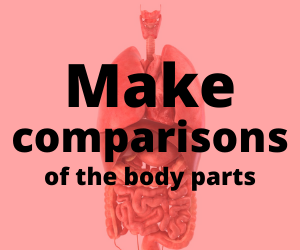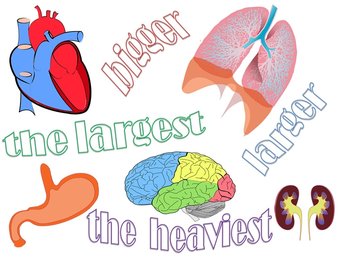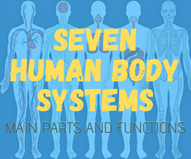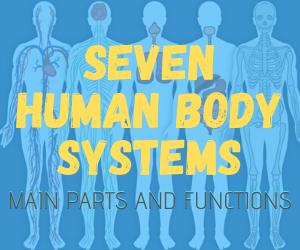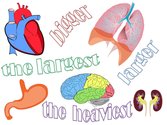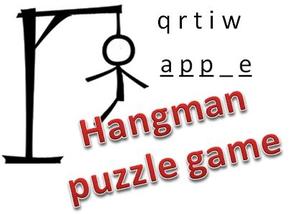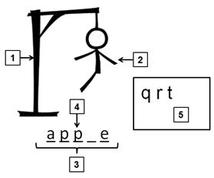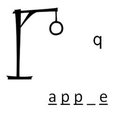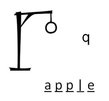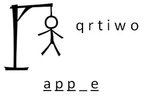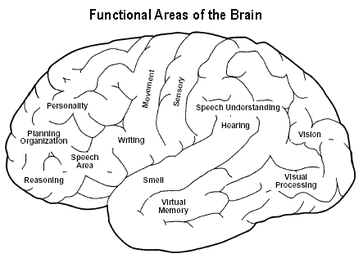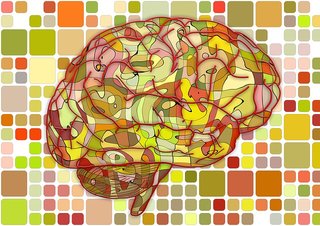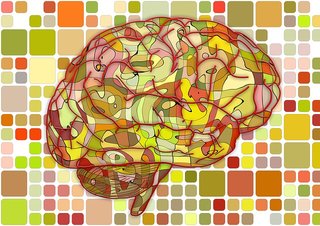The right lung is larger than the left lung to make room for the heart.
One side of my heart is slightly bigger than the other.
One foot is bigger than the other.
Some nerves are thinner than a hair.
The brain is more active at night than during the day.
Using superlatives adjectives
The skin is the largest external organ in the human body.
The liver is the largest internal organ in the human body.
The small intestine is the longest organ in the human body.
The gluteus maximus is the largest muscle in the human body.
The liver is the heaviest organ with an average of 1.6 kilograms.
The pineal gland is the smallest organ in the human body.
The smallest blood vessels are the capillaries.
The smallest bones in the body are inside the ear. They are the malleus, incus, and stapes.
The tongue is the strongest muscle in the human body in proportion to its size.
The thickest nerve is 1 inch.
The jawbone is the hardest bone in the human body.
The hardest working muscle is the heart.
Giving opinions
In my opinion, the most important organ of the digestive system is the small intestine.
I think that the heart is the most important organ of the circulatory system.
According to the BBC, the leg bones are collectively the strongest in the human body.
Comparison between women and men
Men have larger hearts and lungs than women.
Women have larger livers, stomachs, thyroid glands, and kidneys than men.
Women have lower blood pressure and a faster heartbeat than men.
Women’s hearts beat faster than men’s.
